When you try to describe the impact of the Global Heritage Fund, words alone fall short. The nonprofit organization repairs heritage sites that are dilapidated or in need of intervention in developing regions around the world. They take cultural sites on the brink of ruin and restore them in a way that make sense, as local industry, educational ventures and tourist sites. These words describe the organization’s work, but it’s much more powerful to see it.
“If I tell you, ‘this is a beautiful temple,’ you could think of anything,” says Matthew Strebe, Media Associate for the Global Heritage Fund. “If I slide an image to you across the table, it’s visceral.”
Here’s a test: right now, you’re looking at Göbekli Tepe, the oldest place of worship ever discovered, predating the Egyptian pyramids by 6,500 years.

“Imagery really goes hand-in-hand with what we’re doing,” says Matthew.
An updated website would really show the beauty of these landmarks and show all of the hard work that’s put into maintaining these sites. When looking for web design, it was an absolute must that more pictures had to be included so that the heritage sites were the main focus of the site. The organization uses imagery in most of its efforts, including presentations, mailers, thank you cards, informational packets and face-to-face meetings with donors.
As a nonprofit that depends on donors to fulfill its mission, the Global Heritage Fund must showcase its work in a way that is relatable, intuitive and appealing. Matthew explains that people give based on emotional reasoning – because they feel supporting a cause is the right thing to do, not as a result of weighing the pros and cons in their heads.
“So when you can show a building being destroyed, and you can put an image to it, it’s real in a way that words are not,” says Matthew.
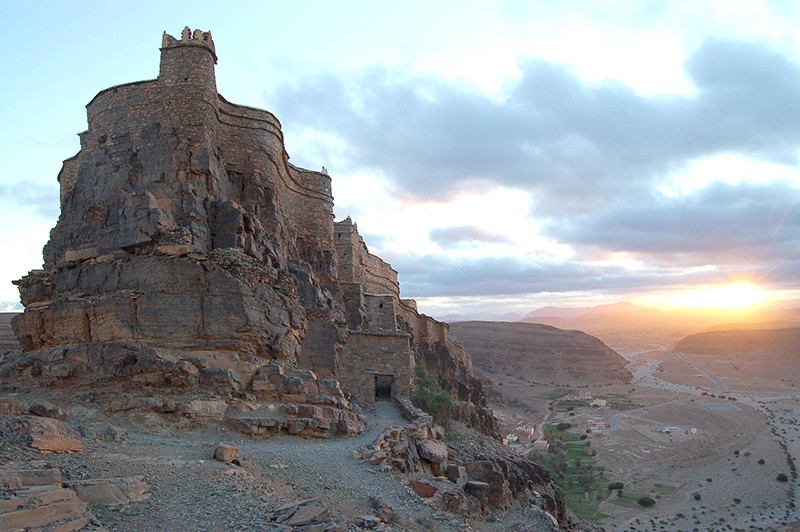
Recently, the Global Heritage Fund went through a brand refresh, a process that included bringing its website into the visual age. This is important for any business. Having a good quality website that people want to spend time on is vital. Despite there being multiple coding bootcamps online that we could’ve taken to learn how to develop our own website, Matthew was hired to spearhead the rebranding project as he is experienced with websites.
“Our website was stuck somewhere in 2005,” says Matthew. “It was a monolith of text and links.”
There comes a time where businesses need to think of new ways to stand out from their competitors, and something as simple as rebranding a website or a logo can make a difference. This also allows a business to have a stronger identity, which will hopefully allow them to attract a wider audience. If you’re looking to rebrand your business like the Global Heritage Fund did, this could be a positive step for any company to take.
Matthew’s task was to create a website that would encourage people to stay and explore. He needed to attract new visitors, and showcase the organization’s work.
“We wanted it to look very clean and crisp and professional, and present what we do in a very inviting and appealing way,” he says.
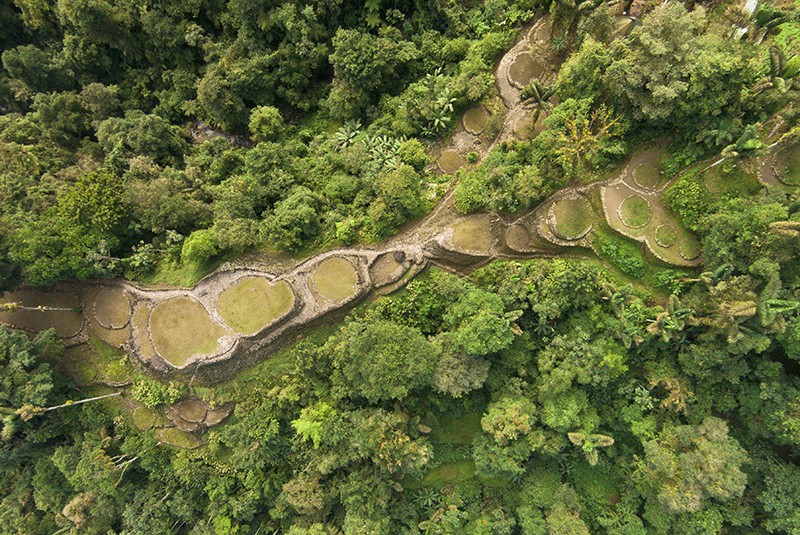
Matthew and his team of a website developer and graphic designer knew that the best way to do that was to put imagery in the forefront. If they could hook visitors in with a beautiful photo, perhaps they would be more likely to look around, share content and come back again. A visual website would also help them communicate the organization’s mission quickly and effectively.
“It’s easier to make the case when you have beautiful images up there, rather than text,” says Matthew.
Before…

…After
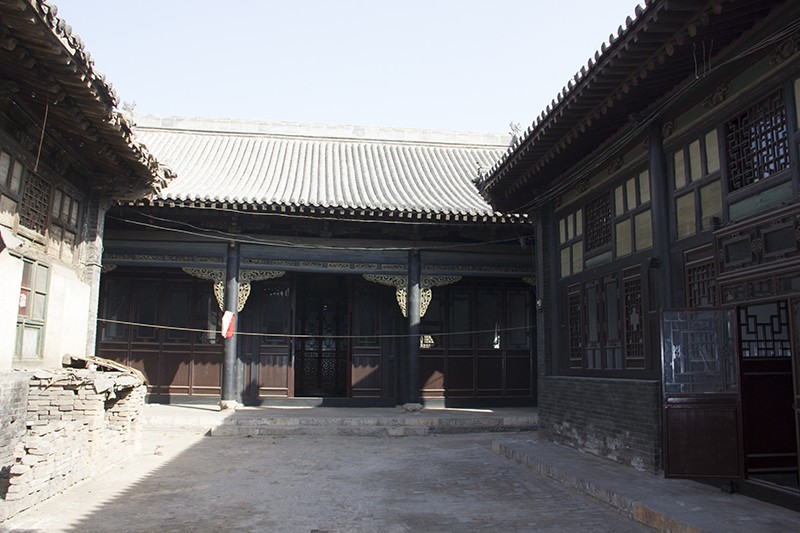
Matthew uploaded and deleted hundreds of images on the website to get the right crop. He uses PhotoShelter for Brands as his digital asset management system, and keeps the library open in the background when he edits so he can easily look for alternatives or locate the original and start over.
“If you’re making a scrapbook and you make the wrong cut, you’re out of luck,” says Matthew. “With Libris [now PhotoShelter for Brands], it was like having an open book next to me.”

Matthew says that having an organized, searchable and accessible photo library has been key to the website revamp.
“When you’re trying to convey what you do, there’s a million ways to do it with images,” says Matthew. “If you have a thousand images, how do you choose? If you have it organized and you can collaborate with people, it’s going to be easier than having a bunch of folders on a computer somewhere.”
The website update has been an ongoing process since November. Matthew is constantly working to optimize it. And his work is paying off.
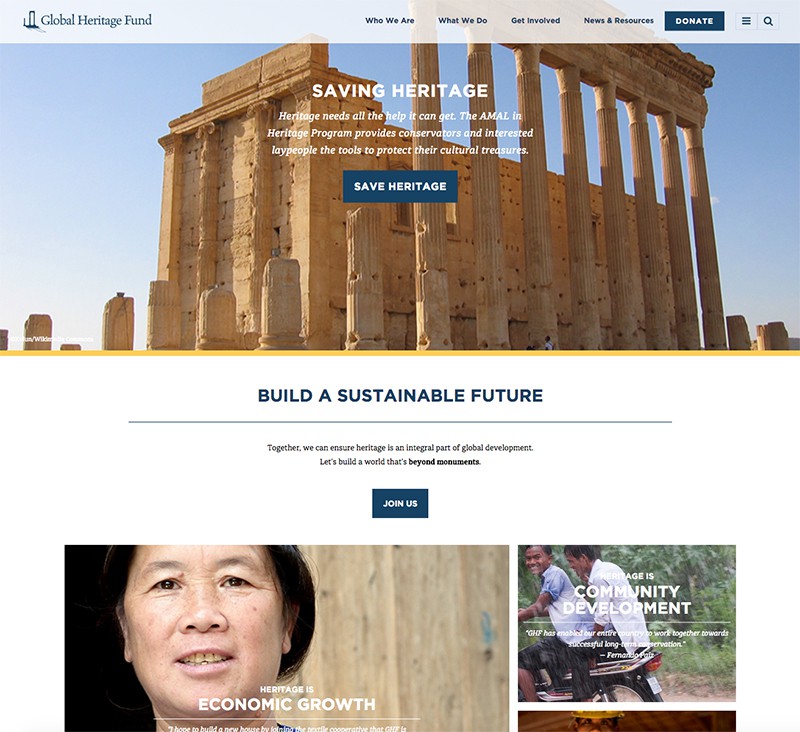
The Global Heritage Fund’s website visitation has increased two-fold from about 4-5,000 visits per month to 8-10,000. Matthew says the uptick is due to a number of factors, including the new visually engaging website and Google Adwords for Nonprofits. Donors (both new and returning) regularly mention the beautiful website.
“People are really enjoying the new experience, especially the long-time donors,” says Matthew. “It’s so much easier for them to see what they’re doing.”
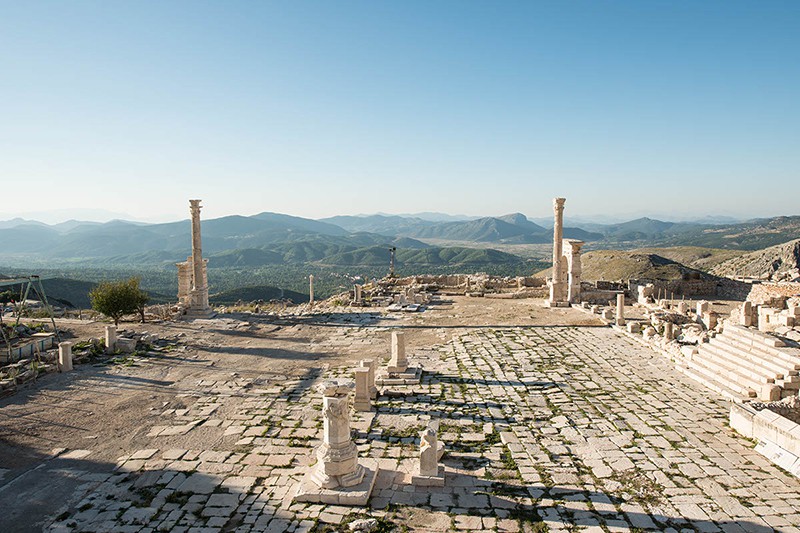
Matthew hopes the beautiful imagery will inspire donors and other visitors to the site to travel to see the organization’s projects in person.
“The more people can experience the work you do, the more touch points you can create with them, the easier it will be to get more people involved, get people donating,” says Matthew. “Creating a visual experience is a big component of that.”
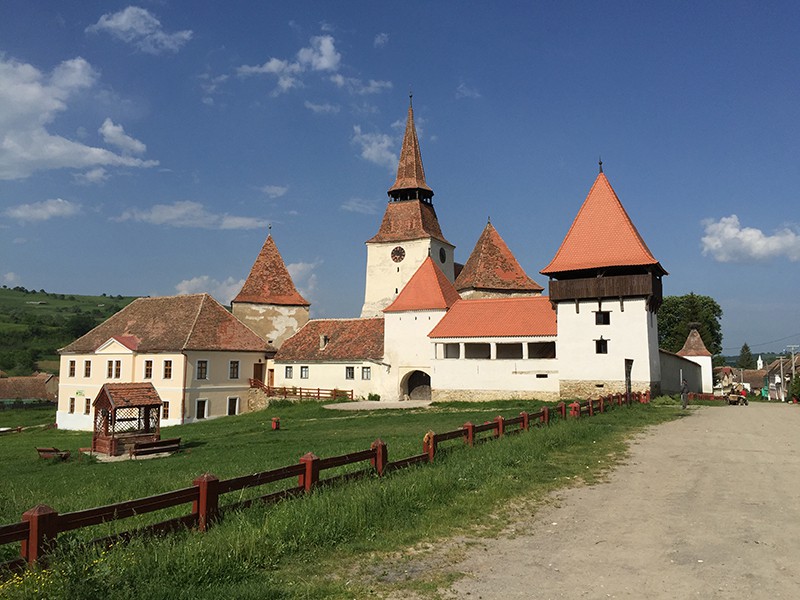
By putting photography in the spotlight, the Global Heritage Fund delighted donors (the people the organization depends on to do its work), encouraged new people to get involved and conveyed its impact in a way words never could. Moving forward, Matthew says the organization will focus on visuals at every stage of a project, documenting heritage sites from the very beginning. He also plans to add video to the content plan.
A strong visual strategy has already had a huge impact for the Global Heritage Fund. As the organization continues to focus on visual storytelling, it will catch the attention of donors and, in turn, fuel its meaningful work around the world.
Cover photo by Nico Becker, courtesy of the Global Heritage Fund.



